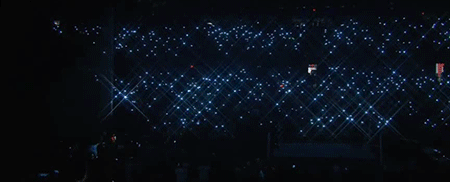Headlines on November 22, 1963.
As I recall it, despite it’s being 54 years ago, it had been a bright sunny November day, so bright and sunny that we had spent lunchtime recess running across the school parking lot in a game called “Freedom-All,” a two-team game of chase and capture. That year, my third-grade year, our class was held in a separate building, the Social Hall, across the street from the main school and behind the church. There must have been 50-60 children in the class—we had been divided into two classes in second grade and would be again in fourth grade, in the main building. Being in the separate building added to the drama of the day, to the impact on my young imagination.
It wasn’t quite 3:00 and the day was winding down, when an older student opened the door to the Social Hall, walked quickly across the room, and whispered something into Sr. Joann’s ear. “What?” she said to the student, very excitedly—she was an easily excitable person. He whispered the message into her ear again and drew back to watch Sr. Joann go visibly pale. “OK, thank you,” she said to the student and he left the building just as quickly.
Sr. Joann sat for a moment and we all sat quietly watching her, waiting, wondering what the message could have been…we understood that it was bad news, but what could it have been? “Students,” she said solemnly, “Someone has shot and killed the President…President Kennedy has been assassinated.” I remember her announcement clearly because I had heard the word “assassinate” only in connection with Abraham Lincoln; but now, here, today, another president had been assassinated.
Sr. Joann then led us in a litany of prayers, first for Kennedy himself, then for his family, and then for the nation. Without really understanding the events, we all prayed as earnestly as third graders can pray and then quietly gathered our things and headed out to the buses. I don’t remember much else of that day or that weekend, until Sunday afternoon.
The assassin is assassinated.
After Mass and our traditional Sunday breakfast, my siblings and I were playing a board game on the living room floor in front of the TV. All channels—there were only 3 channels in the Philadelphia area back then—were broadcasting the events in Dallas as follow-up to the assassination. Before our eyes on live television, we watched as a dark figure flashed out into the crowd and shot Lee Harvey Oswald…then a tumble of bodies and a confused announcer tried to make sense of what was going on. We watched the events unfold right in front of us, still hardly understanding what we’d seen. As the scene settled down, we ran into our parents’ bedroom to announce that the assassin had been assassinated!
My siblings and I in the troubled times of 1963.
Suddenly and uninvitedly, I learned and understood the word: assassination. In subsequent years, I would hear it too many times: in May 1968 when Martin Luther King was assassinated, I was doing my homework as I heard it announced on my transistor radio; two months later, I awoke to my clock radio announcing stories of Bobby Kennedy’s overnight assassination. Later, I—like everyone—was stunned when John Lennon was assassinated in front of his home in Manhattan, and then 4 months later when an assassination attempt on President Reagan failed. While some assassinations are attributed to mentally unstable people, most often they are attributed to “rational men” for political reasons. In today’s bitter political climate filled with countless accusations and recriminations, I think it’s important to remember that assassination for any reason can’t be judged as rational.












































































